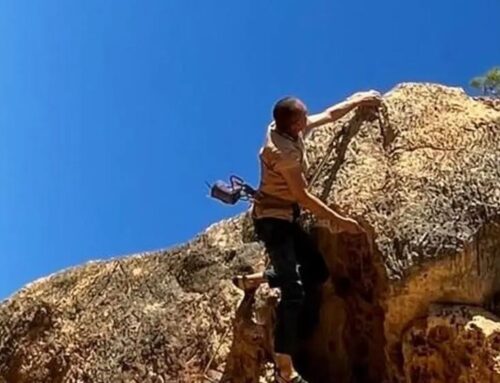Die aktuelle Arbeit aus dem DSZ erläutert eine neue operative Technik zur Stabilisierung der chronischen Instabilität des Schultereckgelenkes (ACG). Aufgrund des bereits abgeschlossenen Heilungsprozesses wird bei diesen chronischen Zuständen eine körpereigene Sehne (autonomes Sehnentransplantat) zusätzlich zu einem hochstabilen Flaschenzugsystem verwendet.
Die vollständige Publikation und das Technik-Video finden sie unter:
http://www.arthroscopytechniques.org/article/S2212-6287(16)30084-6/fulltext

Authors:
Frank Martetschläger, M.D., Mark Tauber, M.D., Peter Habermeyer, M.D., Nael Hawi, M.D.
Abstract
Acromioclavicular (AC) joint injuries are common injuries, especially in the young and active, male population. AC joint injuries account for 12% of all injuries of the shoulder girdle in the overall population. Although conservative treatment is recommended for Rockwood type I and type II injuries, there is controversial debate about optimal treatment for type III injuries. High-grade injuries are typically treated operatively to avoid painful sequelae. A vast number of different surgical methods have been described over the past few decades. Recent advances in arthroscopic surgery have enabled the shoulder surgeon to treat acute and chronic AC lesions arthroscopically assisted. Clinical studies have already shown good and reliable results. Although surgeons agree that a biological augmentation is required to minimize the risk of recurrent instability in chronic cases, a gold standard still needs to be defined. We present an arthroscopically assisted biological augmentation technique to reconstruct the AC and coracoclavicular ligaments, protected by a button-suture tape construct for chronic AC joint instability. The presented arthroscopic biological augmentation technique uses less and/or smaller drill holes in the clavicle and coracoid than previously described, thus reducing weakening of the bony structures. At the same time it enhances both horizontal and vertical stability.
http://www.arthroscopytechniques.org/article/S2212-6287(16)30084-6/fulltext





